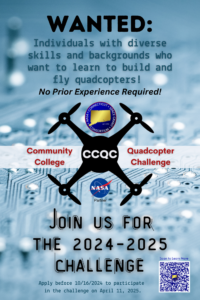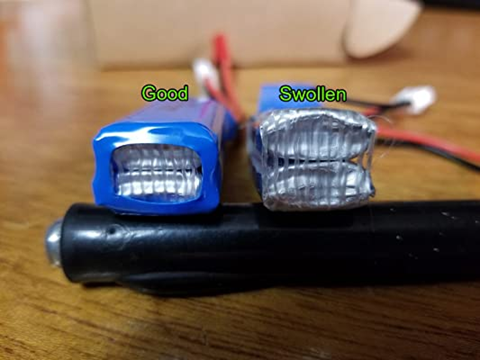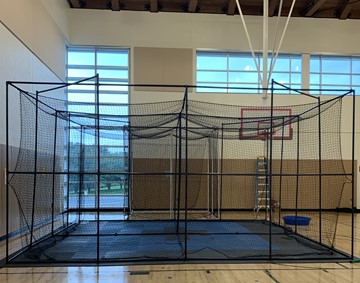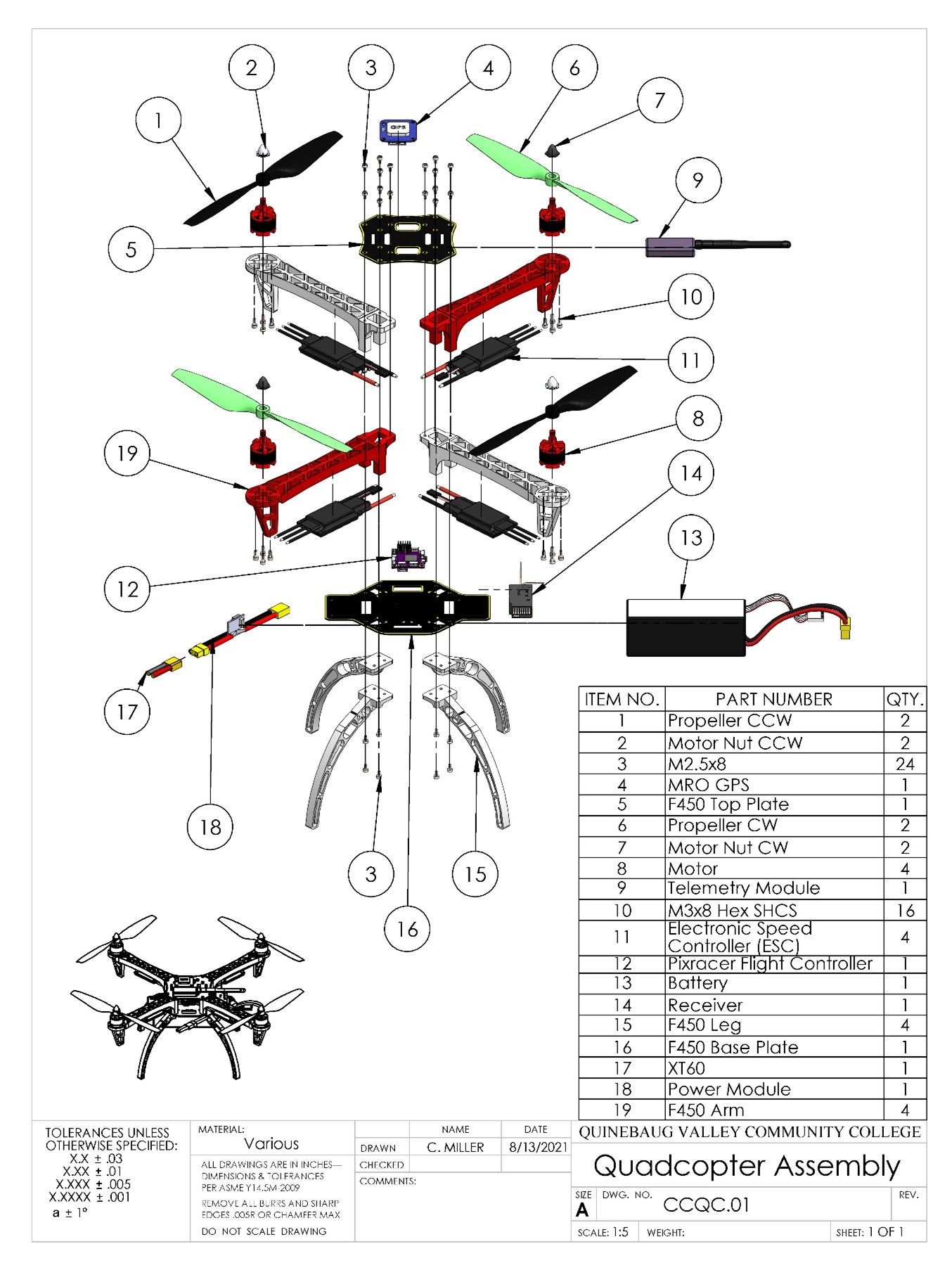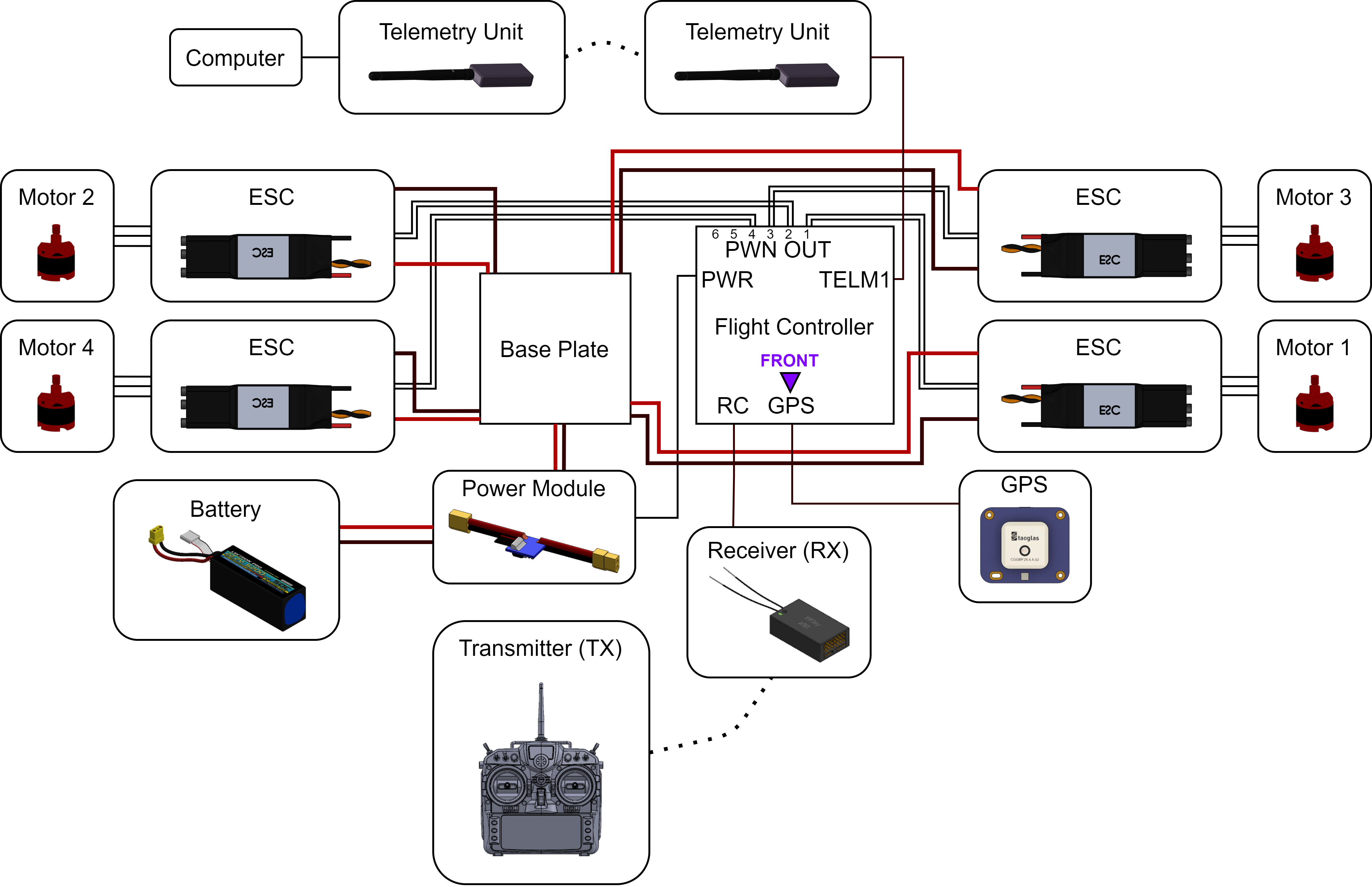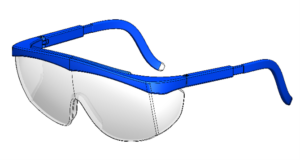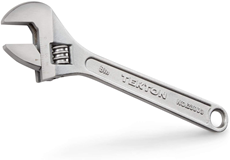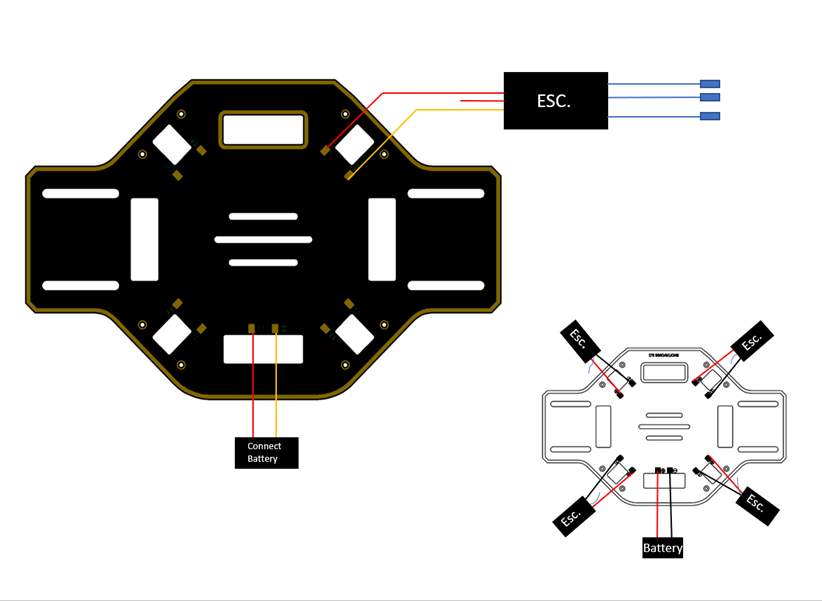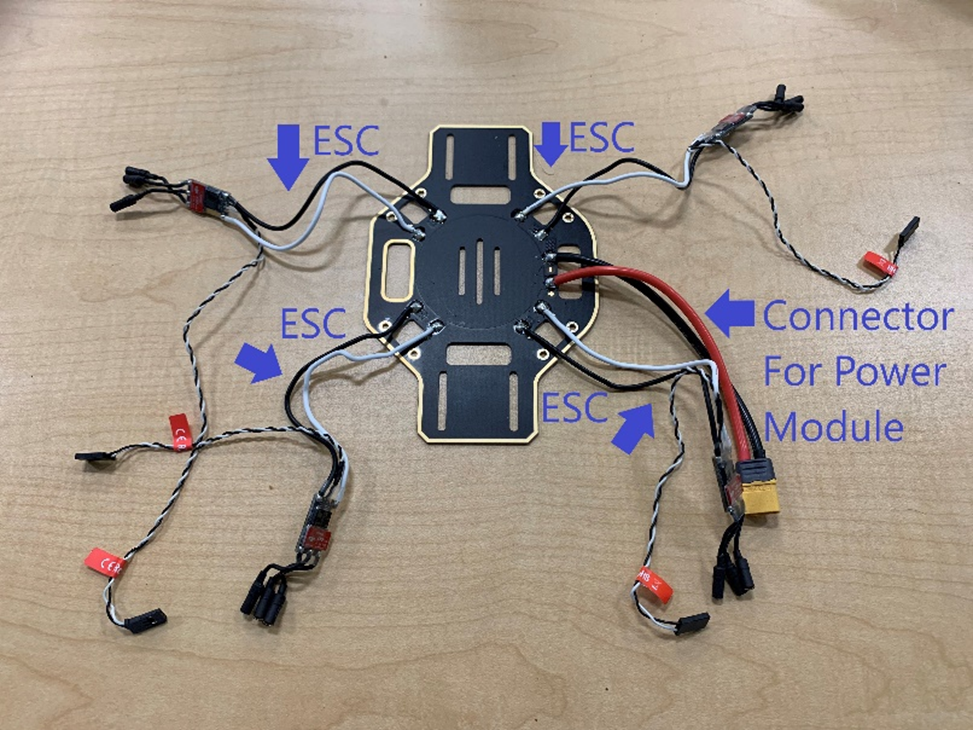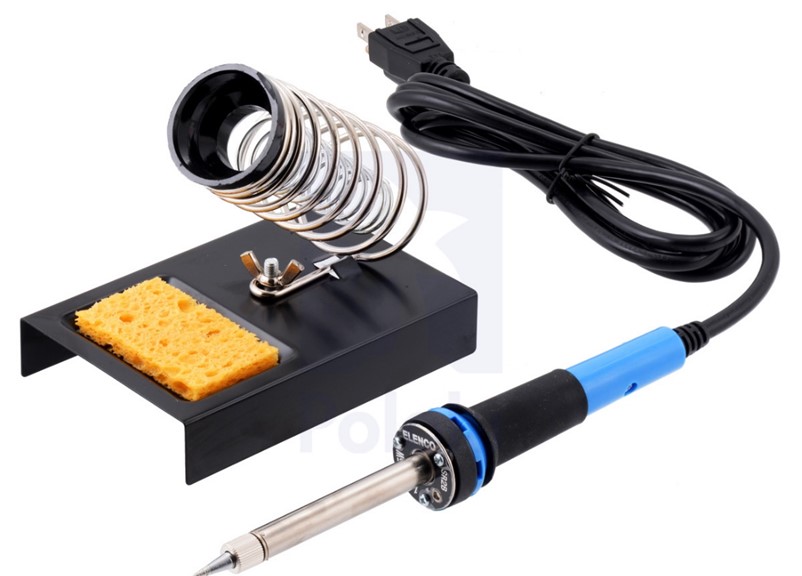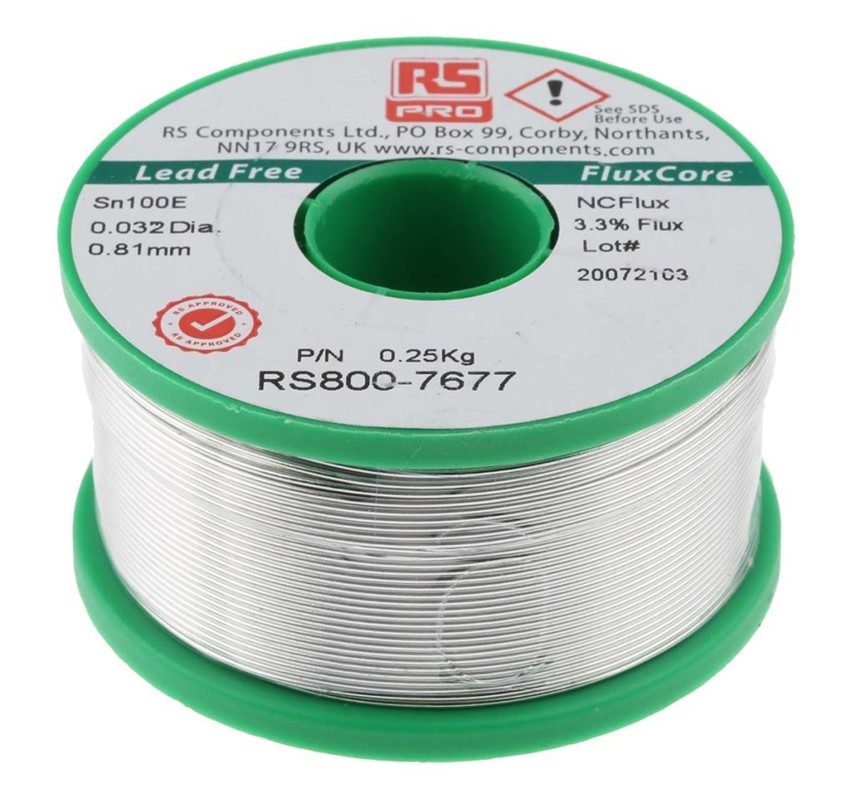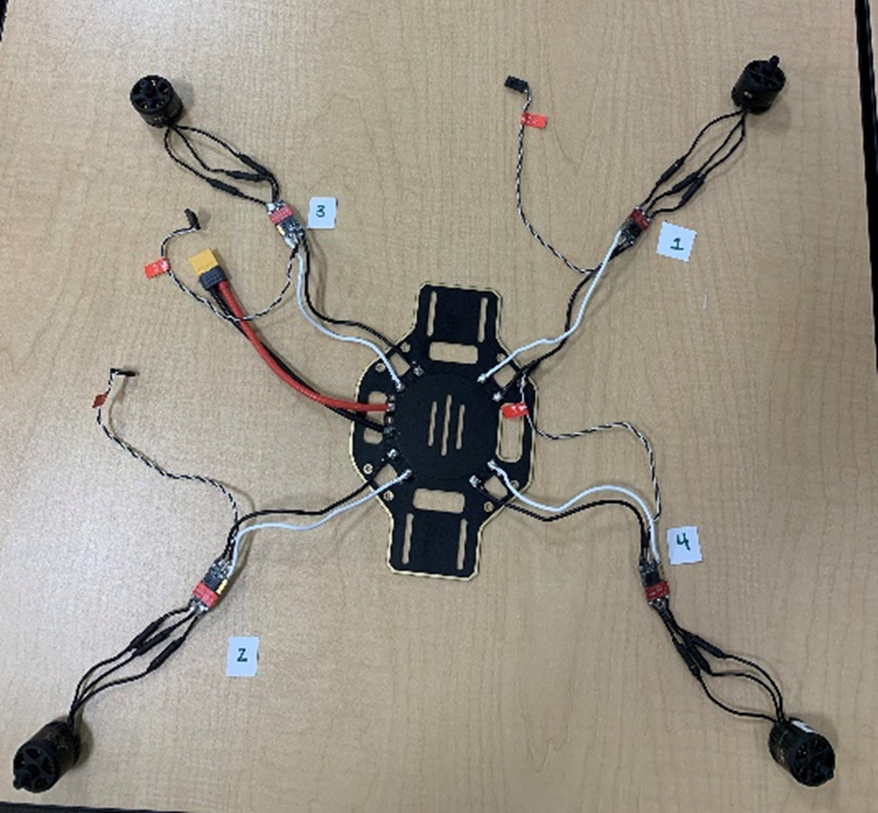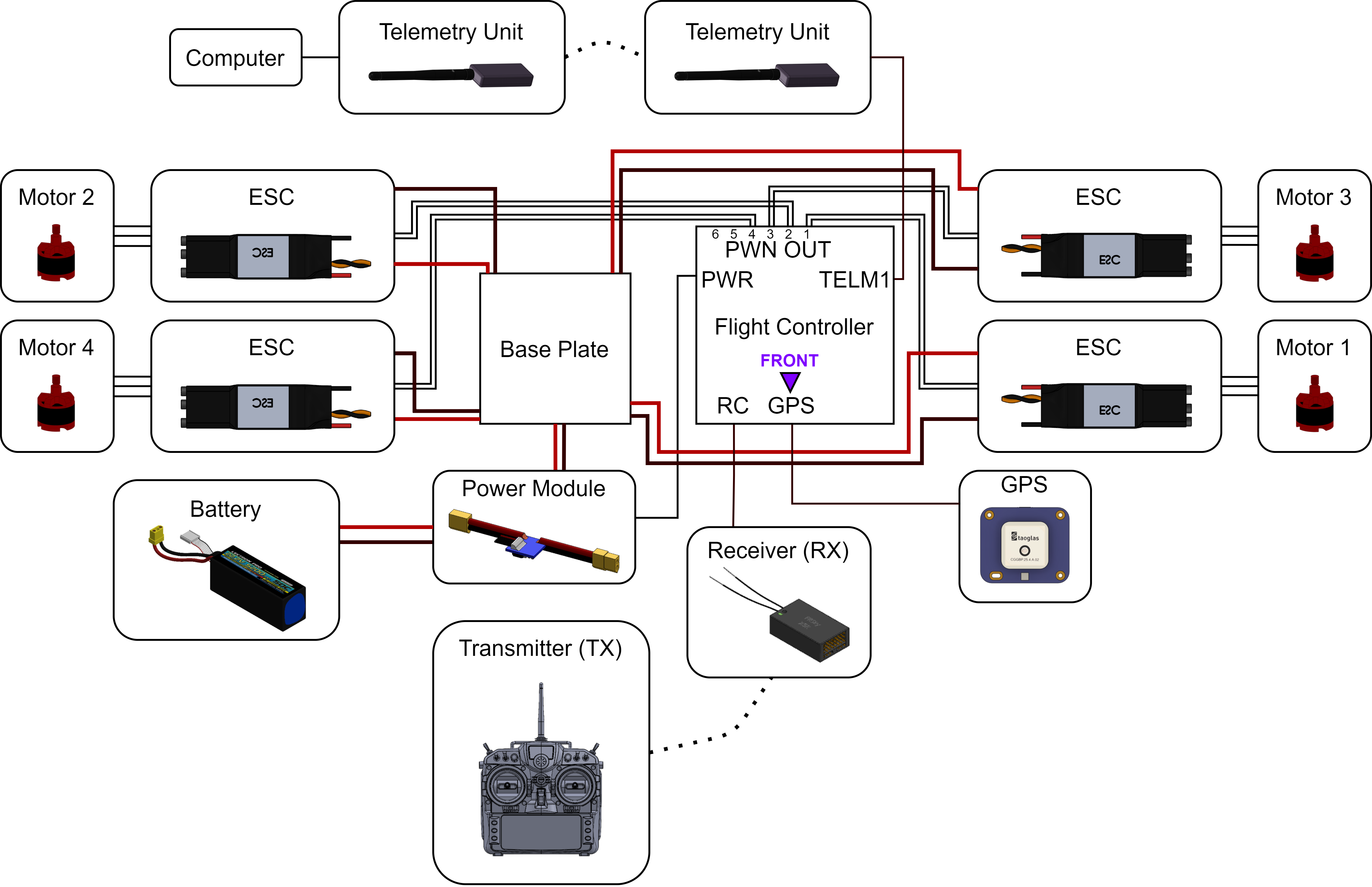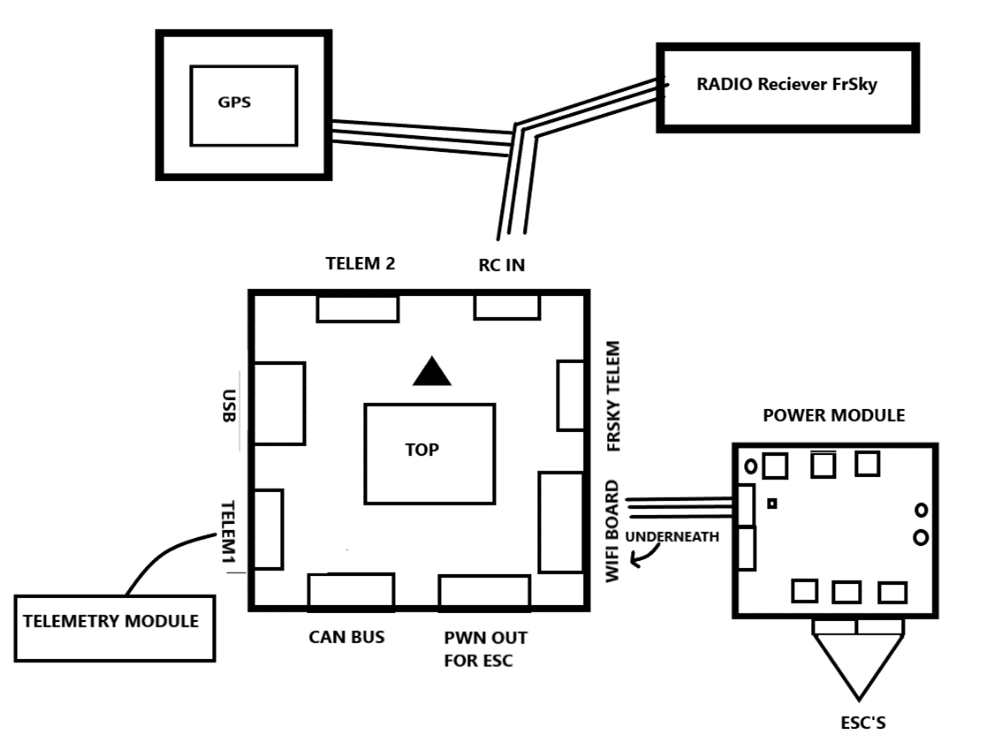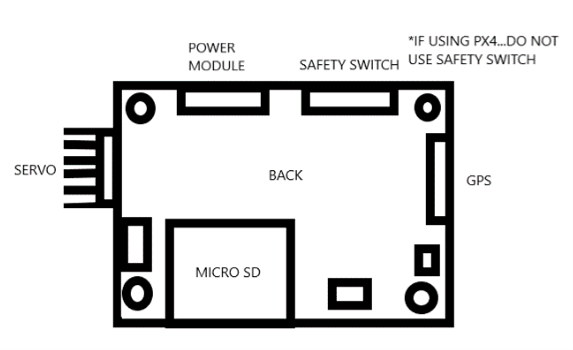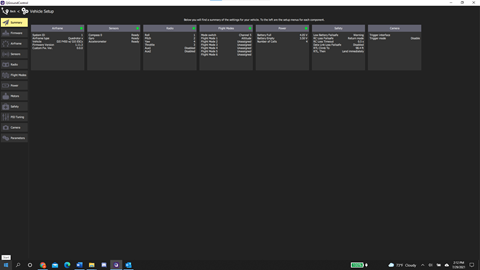Community College Quadcopter Challenge
Apply now to be a part of the 2025 Community College Quadcopter Challenge!
2024-2025 Quadcopter Challenge Information
To support a community college-based program in NASA’s Aeronautics Mission Directorate, the NASA Connecticut Space Grant Consortium (CTSGC) is pleased to support a community college-based CCQC to improve STEM recruitment and retention. This program is designed to:
- increase the number of community college students who graduate with STEM degrees and/or transfer to STEM programs at four-year institutions,
- increase the ability of community college faculty members to deliver aerospace/aeronautical-related content in areas of interest to NASA, and
- enhance the diversity of students pursuing STEM education at Connecticut community colleges.
These objectives will be accomplished by the use of small model helicopters (quadcopters) in competitions between student design groups from the Connecticut community colleges. These design groups will be led by faculty advisors at the various community colleges.
If you would like to review details about the 2024-2025 Community College Quadcopter Challenge before applying, please view the current RFP: RFP and updated timeline
If you are a student and are interested in learning more about the Community College Quadcopter Challenge for the next academic year, we invite you to complete this interest survey: Student Interest Survey
Applications are currently open for Faculty PI and Student Team Participants using the following links:
- If you are a faculty member who would like to apply as a team leader for the current challenge, we invite you to apply here: Faculty/Team Leader Application
- If you are a student who would like to apply as a team member for the current challenge, we invite you to apply here: Student Application
Priority is given to applications received before October 16, 2024.
A kickoff event for awarded teams is planned for Friday, November 8, 2024 at the New England Air Museum. Awarded teams will be notified before this date of the time and meeting details.
The 2025 Community College Quadcopter Challenge will take place on April 11, 2025 at CCSU. Details will be shared with awarded teams and participants at the kickoff and before the event.
2023-2024 Quadcopter Challenge Notes and Winners
The Community College Quadcopter Challenge was excited to return to CCSU for a third year – this time to Alumni Hall. Teams representing Asnuntuck Community College, Middlesex Community College, Naugatuck Valley Community College, Northwestern Connecticut Community College, and Tunxis Community College gathered at CCSU on April 19, 2024 to show off their quadcopter designs and compete in a variety of challenges. The event was full of cheerful flights and spectacular crashes as each team had a video and presentation made to judges, plus 10 minutes to show what their quadcopter could do in-person.
Awards were presented to the following:
- Best Video: Tunxis Community College
- Best Poster & Presentation: Northwestern Connecticut Community College
- Best Weight Reduction: Tunxis Community College
- Best 3D Design: TIE: Middlesex Community College and Northwestern Connecticut Community College
- Best Sample Collection: Asnuntuck Community College
- Best Autonomous Flight: Middlesex Community College
- Best Photography & Mapping: Northwestern Connecticut Community College
Overall Event Winner: Northwestern Connecticut Community College
Congratulations to all team members and leaders on their successful designs and flights. And thank you to CCSU and the faculty and staff for the wonderful event space and gracious hospitality.
2022-2023 Quadcopter Challenge Notes and Winners
The Community College Quadcopter Challenge was excited to return to the Applied Innovation Hub at CCSU for a second year of our event. Teams representing Naugatuck Valley Community College, Northwest Connecticut Community College, and Quinnebaug Valley Community College gathered at CCSU on April 21, 2023 to show off their quadcopter designs and compete in a variety of challenges. The event was full of cheerful flights and spectacular crashes as each team had a video and presentation made to judges, plus 10 minutes to show what their quadcopter could do in-person.
Awards were presented to the following:
- Best Video: Naugatuck Valley Community College
- Best Poster & Presentation: Naugatuck Valley Community College
- Best Weight Reduction: Quinnebaug Valley Community College
- Best 3D Design: Northwestern Connecticut Community College
- Best Sample Collection: Northwestern Connecticut Community College
- Best Autonomous Flight: Northwestern Connecticut Community College
- Best Photography & Mapping: Naugatuck Valley Community College
Overall Event Winner: Naugatuck Valley Community College
Congratulations to all team members and leaders on their successful designs and flights. And thank you to CCSU and the faculty and staff of the Applied Innovation Hub for the wonderful event space and gracious hospitality.
2021-2022 Quadcopter Challenge Notes and Winners
The Community College Quadcopter Challenge was excited to return to in-person after a hiatus due to the pandemic. Teams representing Norwalk Community College, Naugatuck Valley Community College, Northwest Connecticut Community College, Quinnebaug Valley Community College and Tunxis Community College gathered at CCSU on April 29, 2022 to show off their quadcopter designs and compete in a variety of challenges. The event was full of cheerful flights and spectacular crashes as each team had a video and presentation made to judges, plus 10 minutes to show what their quadcopter could do in-person.
Awards were presented to the following:
- Best Video: Norwalk Community College
- Best Poster & Presentation: Naugatuck Valley Community College
- Best Weight Reduction: Northwest Connecticut Community College
- Best 3D Design: Quinnebaug Valley Community College
- Best Sample Collection: Tunxis Community College
- Best Photography & Mapping: Naugatuck Valley Community College
Overall Event Winner: Naugatuck Valley Community College
Congratulations to all team members and leaders on their successful designs and flights. And thank you to CCSU and the faculty and staff of the Applied Innovation Hub for the wonderful event space and gracious hospitality.
To view the 2021-2022 Team Kickoff information, click on the video to the right.
Additional videos on safety, assembly, wiring, motors and ESCs, programming and propellers and guards are below.
- Challenge Rules
- Safety
- Quadcopter Assembly
- Soldering
- Frame Assembly
- Motors & ESC Wiring
- Propellers & Propellers Guard Installation
- Flight Controller Wiring
- Pairing the Receiver
- Firmware & Calibration
- How to Fly
- Navigation & Exploration
- Videos
- Day of the Challenge
Challenge Rules
Link for NASA CT Space Grant Documentation (attach)
To fly inside:
No drone registration is needed.
To fly outside:
You must register your drone at this link: https://faadronezone.faa.gov/#/
You can register under the recreational flyers exception as long as you are “simply flying for fun or personal enjoyment,” and follow the appropriate rules (see Recreational Flyers & Modeler Community-Based Organizations (faa.gov) for additional information).
Be sure to attach your registration number to your drone when flying outside.
How to Register your Drone:
https://www.dronepilotgroundschool.com/faa-drone-registration/
Add Rule Video (IN PROCESS)
Safety
Soldering safety:
https://ehs.stonybrook.edu/_pdfs/lab-safety/SAFETY%20GUIDE_Soldering%20Safety_2021.pdf
Useful LiPo Battery Safety Information:
https://dept.aem.umn.edu/msgc/MN_Space_Grant_Quadcopter_Challenge_2019_2020/LiPoBatterySafety.pdf
- When soldering, make sure you wear your safety glasses.
- Never leave the soldering gun plugged in unattended.
- Never touch the soldering gun tip when it is plugged in.
- If pregnant of trying to be pregnant, use lead-free solder.
Battery Safety:
- Pick up the battery its body. Not the leads.
- When charging, keep it in a Lipo-safe bag when charging.
- Do not leave the battery charging unattended.
- Do not charge or use hot or swollen batteries.
- How to tell if a battery is swollen
- Set balance charge correctly
How to charge your battery:
https://www.youtube.com/watch?v=-cIsV4tqimc
Flying safety videos:
https://www.youtube.com/watch?v=eEv03v_xmQ8
https://www.youtube.com/watch?v=-GnqWTSrjUc&t=19s
Flying Safety:
- Before flying put your Rotor Guards on. They can either be bought or 3D printed.
- When flying inside, make sure you are in a wide-open area, and you are wearing your safety glasses. Both inside, and outside.
- When flying, make sure you are at a safe distance away from your quadcopter.
- Always fly on flat surfaces.
- Don’t fly over people.
- When flying autonomous attempts, have a cord attached and always be ready to kill the power.
- If you are unable to find a wide-open area, use a practice arena. There is a manual below for a 10x10x10 netted arena. In the link, you will see what to purchase, and how to build it
Practice Manual:
https://drive.google.com/file/d/1QbNyuF_IKiFAKACxl3y4uVh3nDhTyNS4/view?usp=sharing
- If you want to extend the length of your practice arena change the adaptors on one of the sides, acquire some more netting, and pipes.
- The Challenge will be in a 20x20x10 arena with a center post supporting
Challenge Arena:
Insert Our Video (IN PROCESS)
Quadcopter Assembly
Video of the Quadcopter being assembled:
https://www.youtube.com/watch?v=CB1Ua8eT-ws
Video of the Quadcopter being assembled:
https://www.youtube.com/watch?v=CB1Ua8eT-ws
Tools you will need in the build:
Safety Glasses
If you do not already have one at your disposal, you will need a screwdriver set. We will be using a screwdriver throughout this build.
We used an adjustable wrench to take off and on our propellor guards, but you can use the right sized wrench, or sockets.
Special thanks to Alexis Studebaker (mRo GPS), Ayoola Adefemi Olaolu (Receiver), Reverse Engineering (Pixracer r15), Brundon Norris (XT60), Diego Paredes (ESC.), David Farrow (Telementry), persopolo (Transmitter), Marco Antonio Oblitas Villegas (Power Module), Jorge Alberto Gutierrez Canales (Battery). You can find their profile on GrabCad!
Note: These items are just recommendations from us and what we have had luck with, you may choose to switch some items for other variations, which is completely fine! These parts are used to make a basic quadcopter. And you may wish to buy additional sensors for more capabilities of your quadcopter. Drones must be registered by the FAA on their website before flying outside and are required to compete in the competition.
Soldering
| Materials | Qty | Picture |
| Baseplate | 1 | 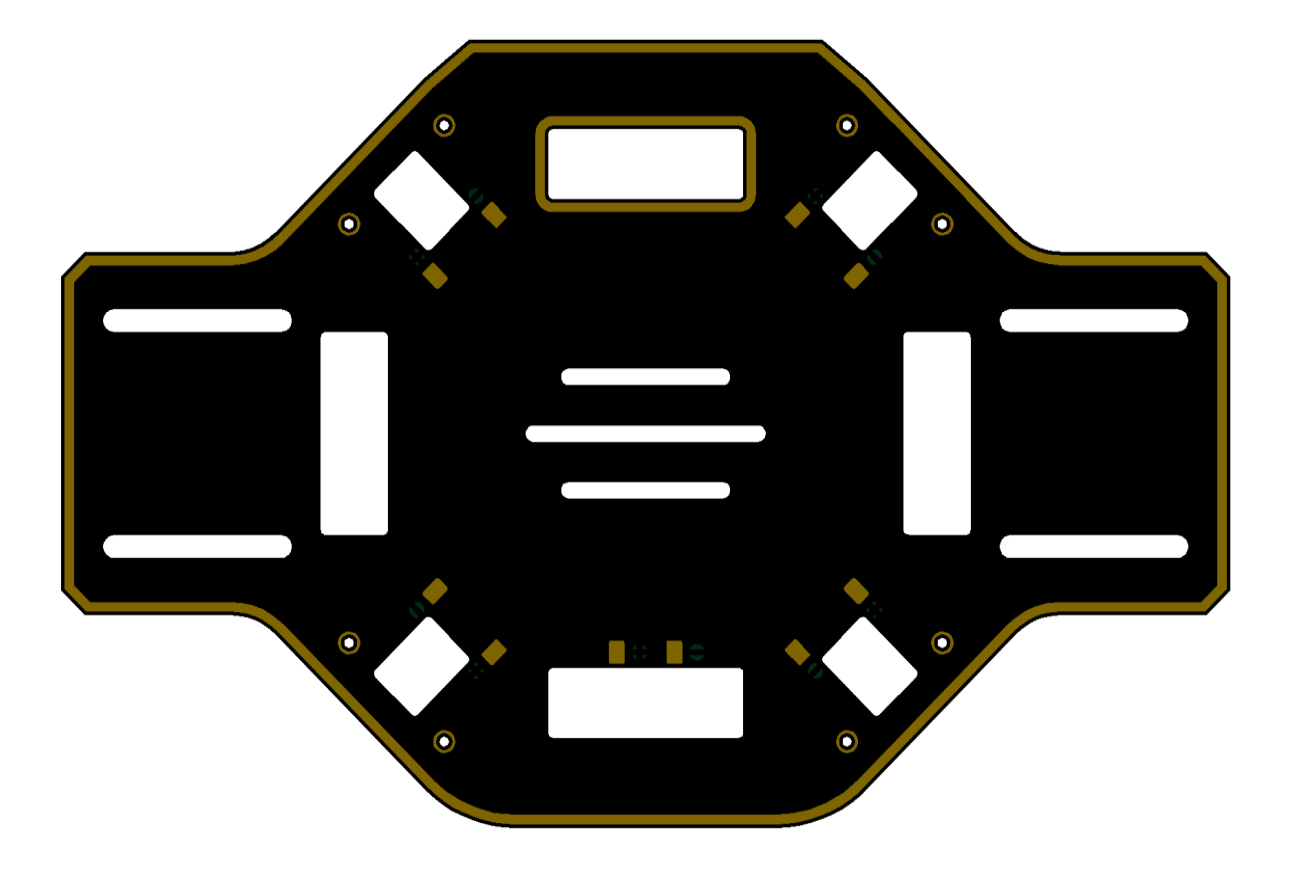 |
| Electronic Speed Controller (ESC) | 4 | 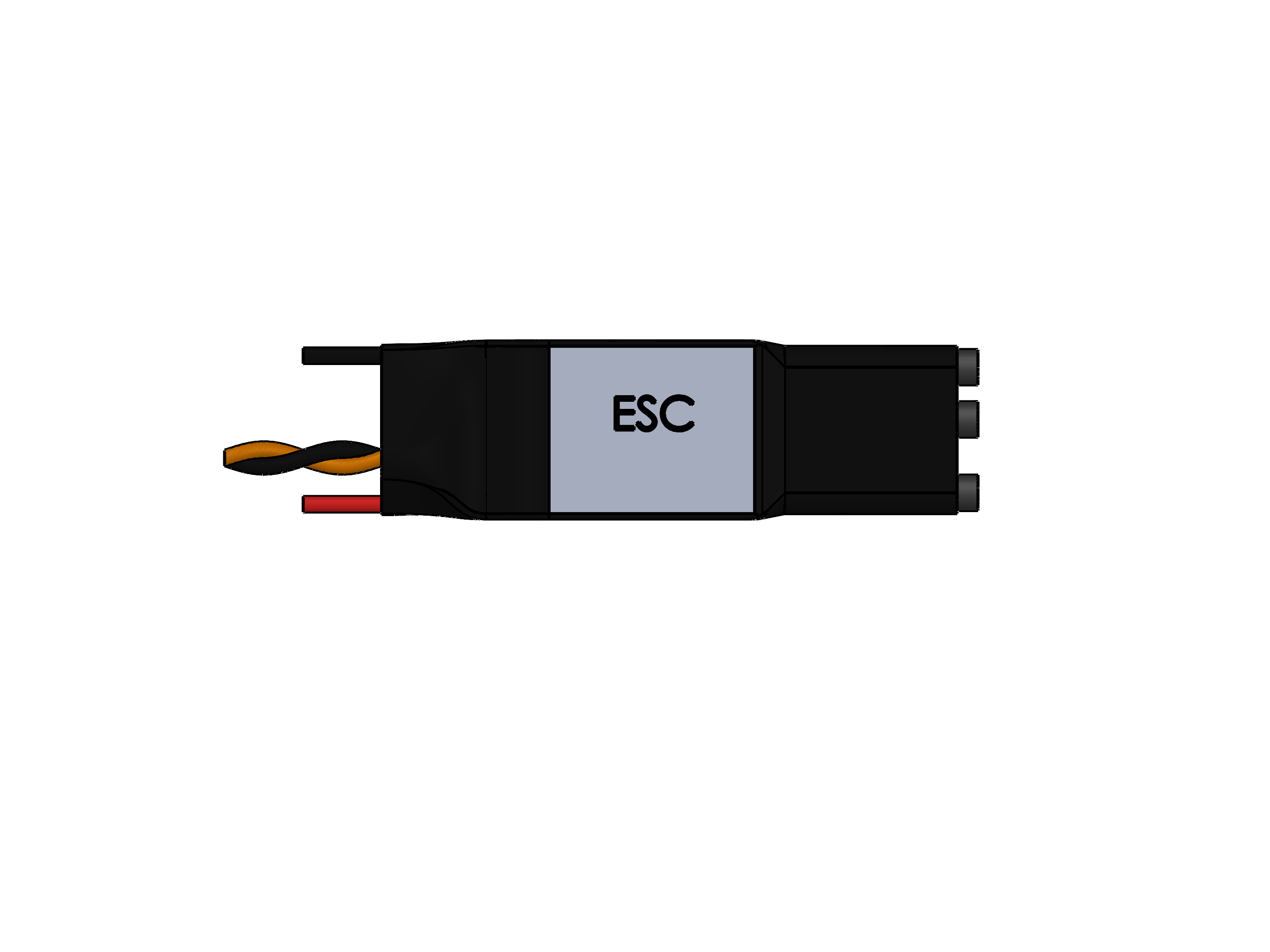 |
| XT60H-M Connector | 1 |  |
High current electricity needs to be able to get from the battery to the motors. The baseplate has wires inside of it to distribute that electricity to the Electronic Speed Controllers (ESC’s) which will then send it on to the motors. To attach the wiring correctly:
- Solder the black wire from each ESC to the associated negative (-) terminal, and the other wire (usually red or white) to the associated positive terminal (+).
- Similarly solder the cables with an XT60 connector onto the main power terminals.
The following diagram shows how the quadcopter should look after this step is complete:
See the following video for a detailed explanation:
Soldering Tools:
Lead Free Solder:
The Soldering Vocabulary: https://dept.aem.umn.edu/msgc/MN_Space_Grant_Quadcopter_Challenge_2019_2020/SolderingVocabularyAndNotes.pdf
Quadcopter Challenge:
https://dept.aem.umn.edu/msgc/MN_Space_Grant_Quadcopter_Challenge_2019_2020/
Frame Assembly
| Materials | Quantity | Picture |
| Arms | 4 | 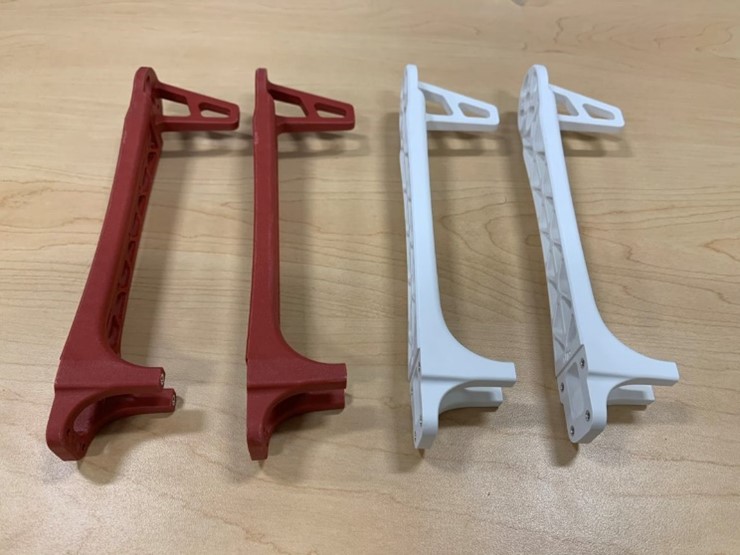 |
| Legs | 4 | 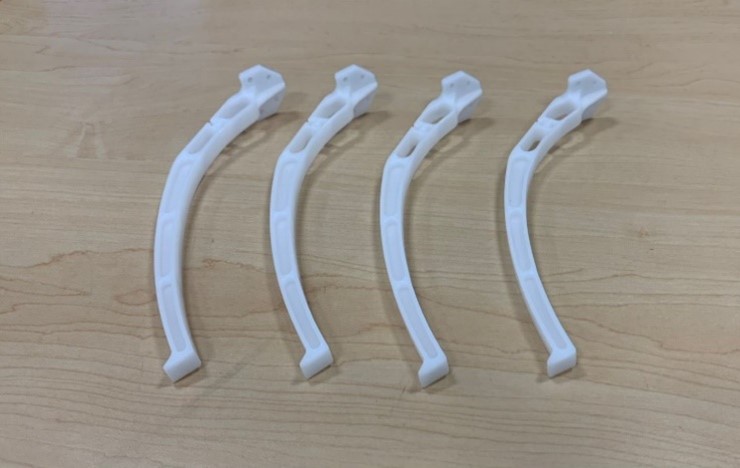 |
| Baseplate with soldered-on wires | 1 | 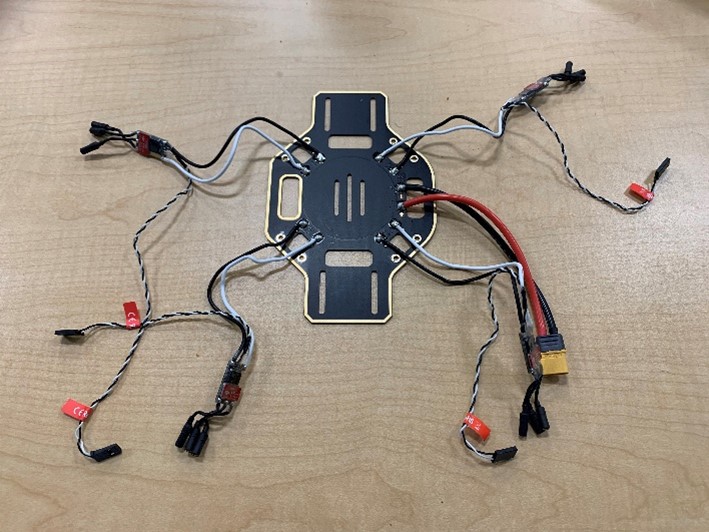 |
| Top plate | 1 | 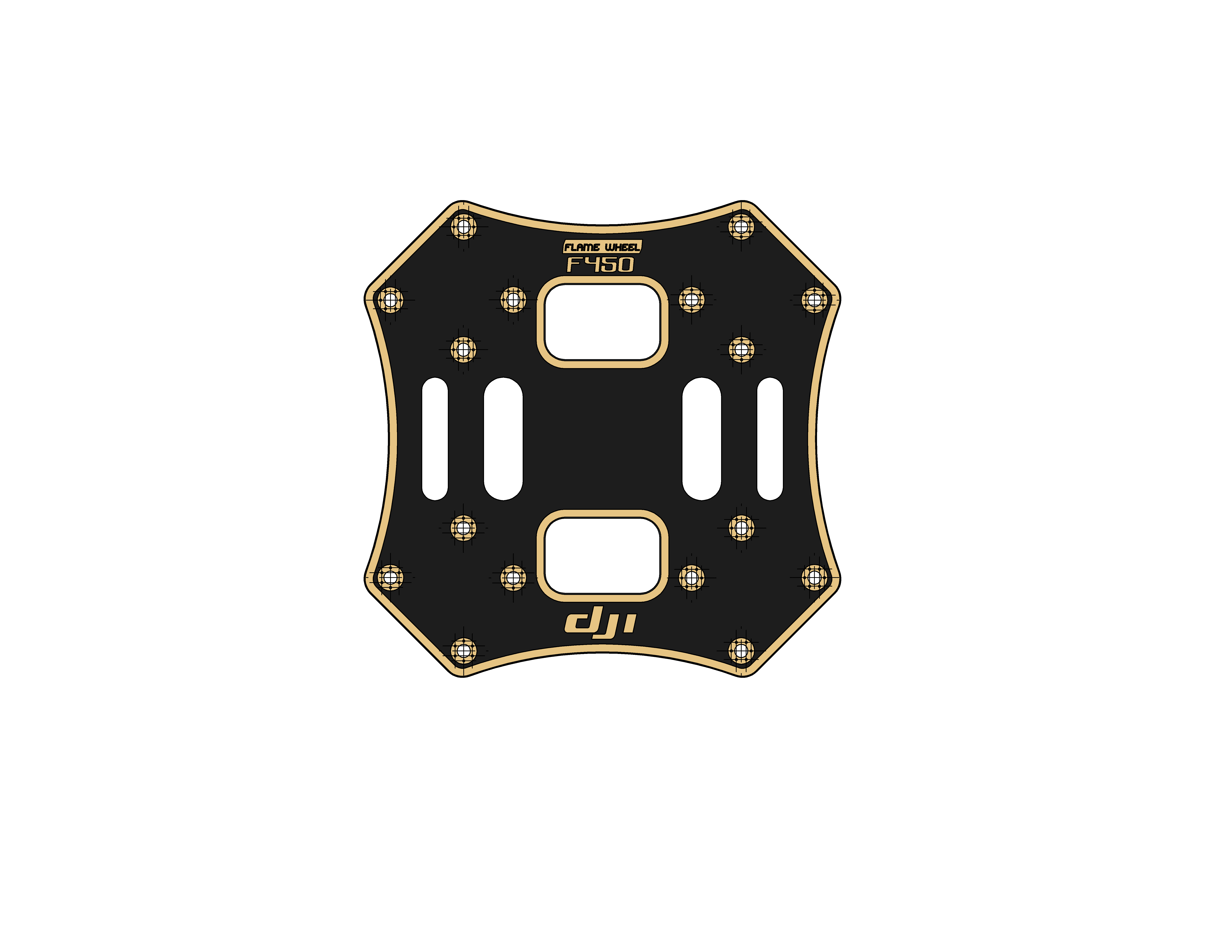 |
| M3x8 & M2.5×5 Socket Screws | 24 | 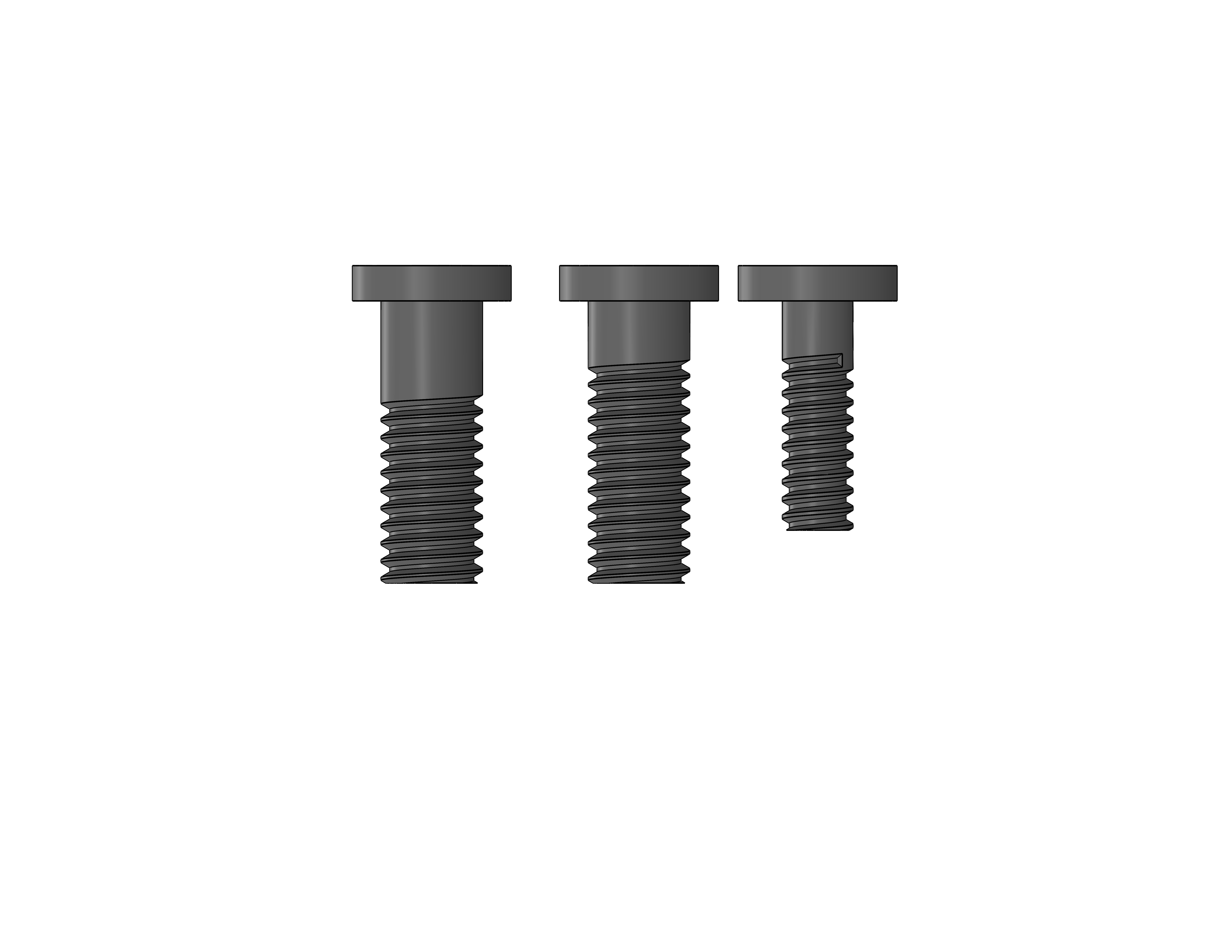 |
To assemble the quadcopter frame:
- Align the legs and arms with the associated holes on the base plate
- Attach legs and arms to the baseplate with screws
- Attach the top plate to the arms with screws
See the following video for a detailed explanation:
Insert our Video (IN PROCESS)
Motors & ESC Wiring
| Materials | Quantity | Picture |
| Frame Assembly | 1 |  |
| Electronic Speed Controller (ESC | 4 |  |
| Motors | 4 | 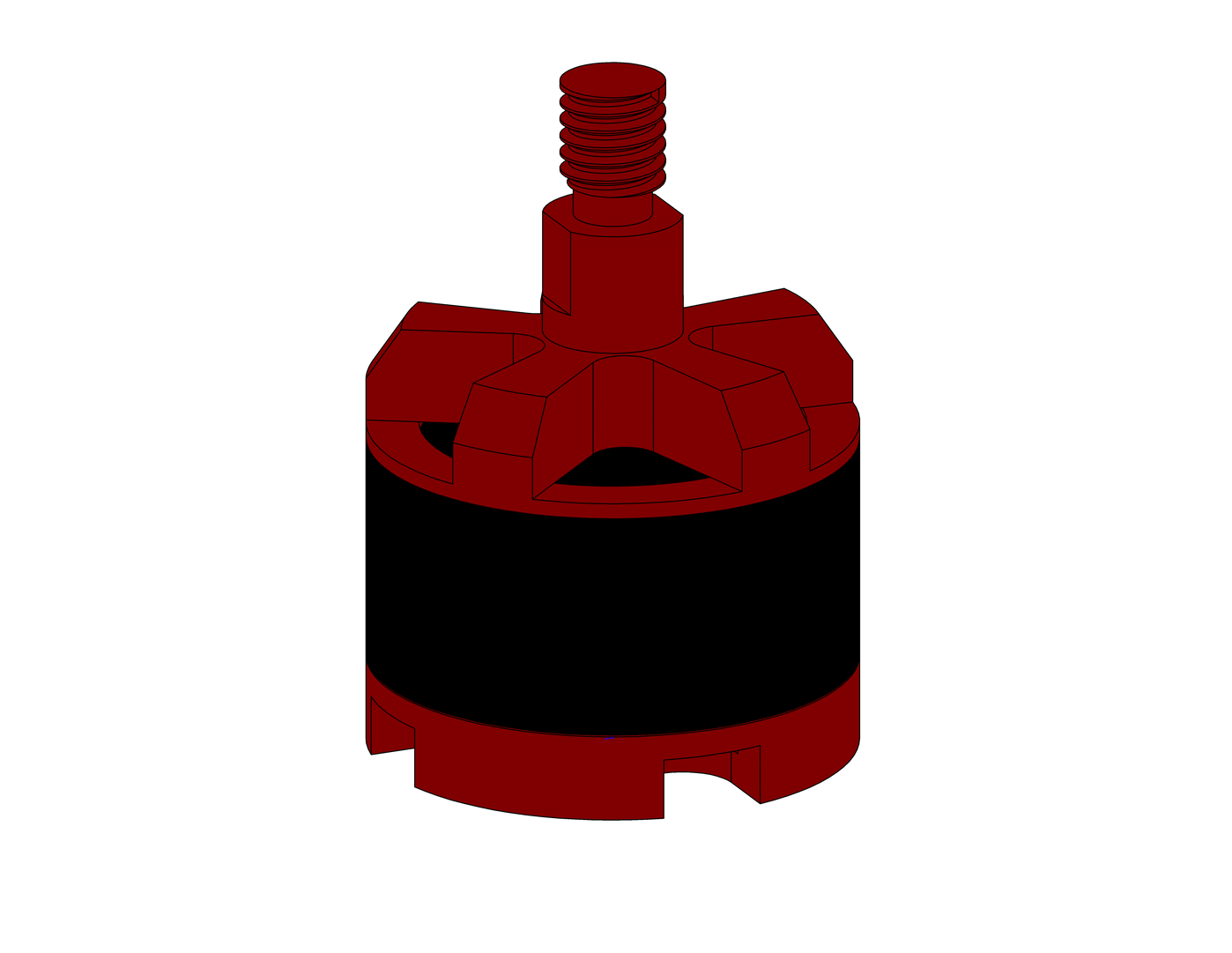 |
| Motor Screws | 16 | 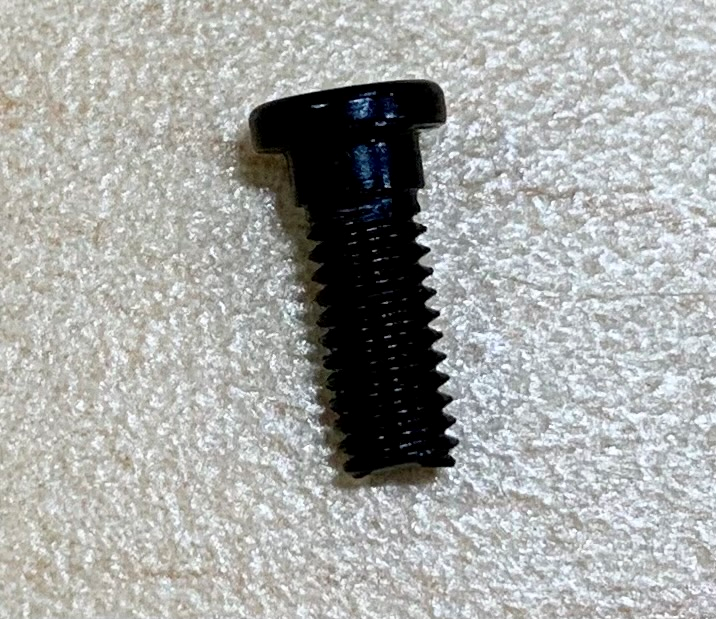 |
To attach the motors and connect the wires:
- Attach the motors to the ends of the arms with screws (if labelled as clockwise and counterclockwise, position appropriately)
- Connect the motors 3 and 4 (counterclockwise) directly to the ESC. The middle wire goes to the middle port, the right, to the right port, and the left to the left port.
- You will be connecting motors 1 and 2 (clockwise), a little different then 1 and 2. The left wire is still connecting to the left port, but the middle and right wire will be connecting differently. Connect the middle wire to the right and the right to the middle
The following pictures show the wiring of the motors as they connect to the ESC’s. The motors are numbered for later reference.
 |
 |
 |
 |
See the following video for a detailed explanation:
INSERT MOTOR AND ESC VIDEO (IN PROCESS)
Propellers & Propellers Guard Installation
| Materials | Quantity | Picture |
| Propellers | 4 |  |
| Propeller Guards | 4 | 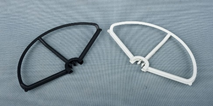 |
| Assembly | 1 |  |
When installing propellers, make sure the propeller direction corresponds to the motor direction as shown in the following diagram from a top view:
Many motors use self-locking nuts that screw on in different directions based on the direction of the motor. Make sure that as the motor spins forward, it should tighten the nut.
For safety when flying near people or inside, propeller guards should be attached to the quadcopter. Propeller guards are required on the day of the challenge, and you can earn points by designing your own propeller guards. Keeping spare propellers and propeller guards on hand is a good idea, as minor crashes can damage them.
See the following video for a detailed explanation:
Insert our Video (IN PROCESS)
Flight Controller Wiring
| Materials | Quantity | Picture |
| PixRacer | 1 | 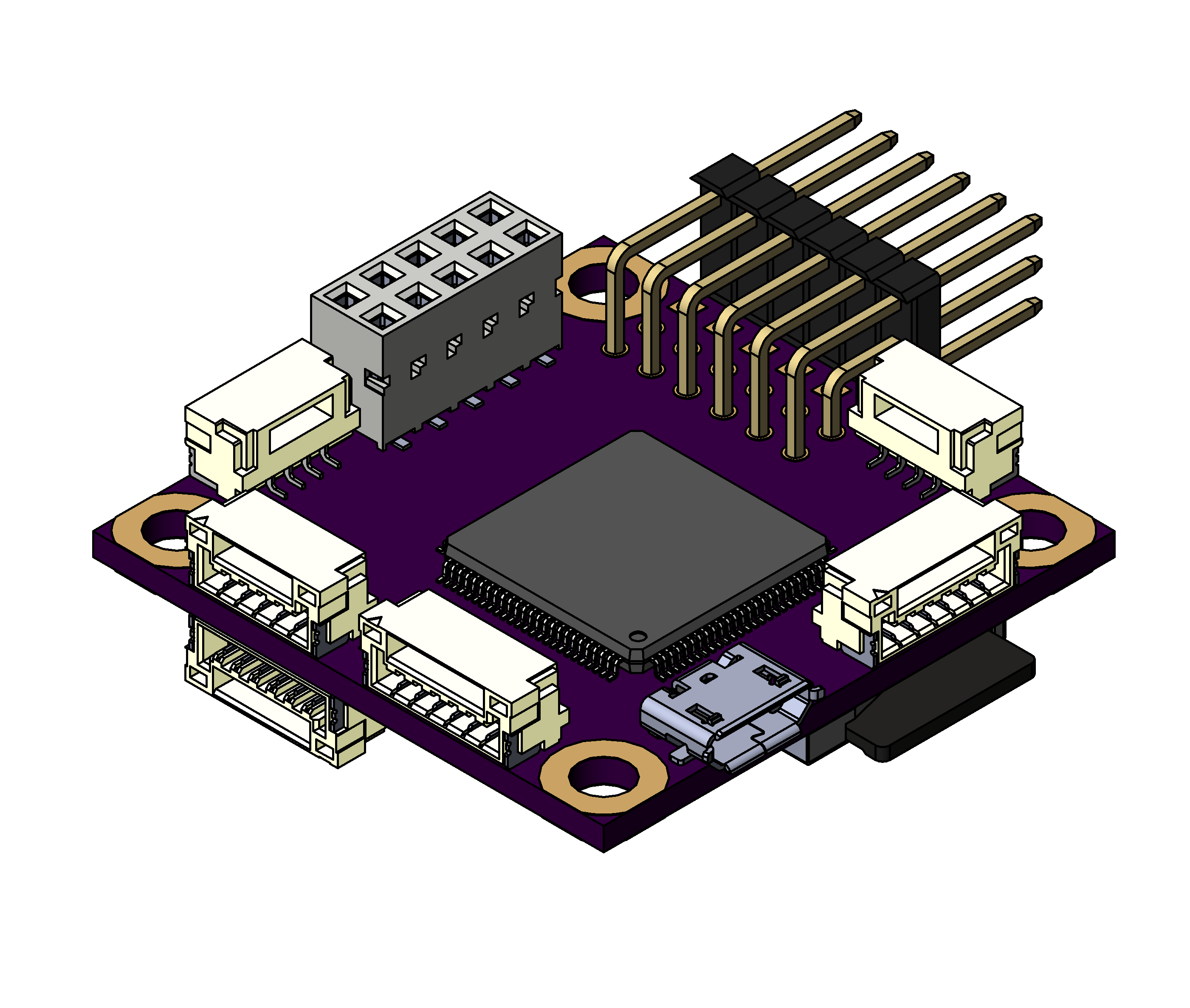 |
| PixRacer Power Module | 1 | 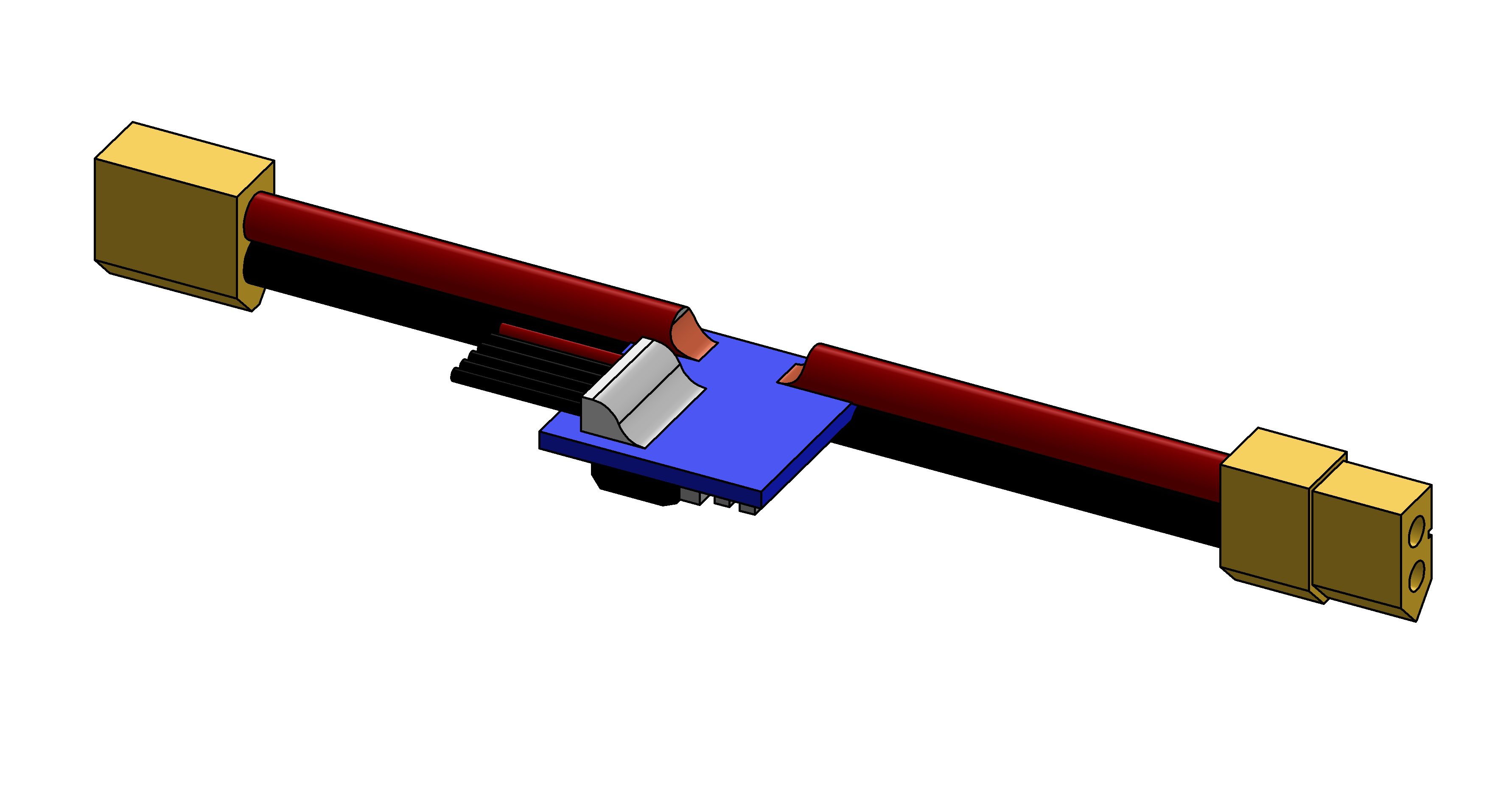 |
| GH1.25 Connector | 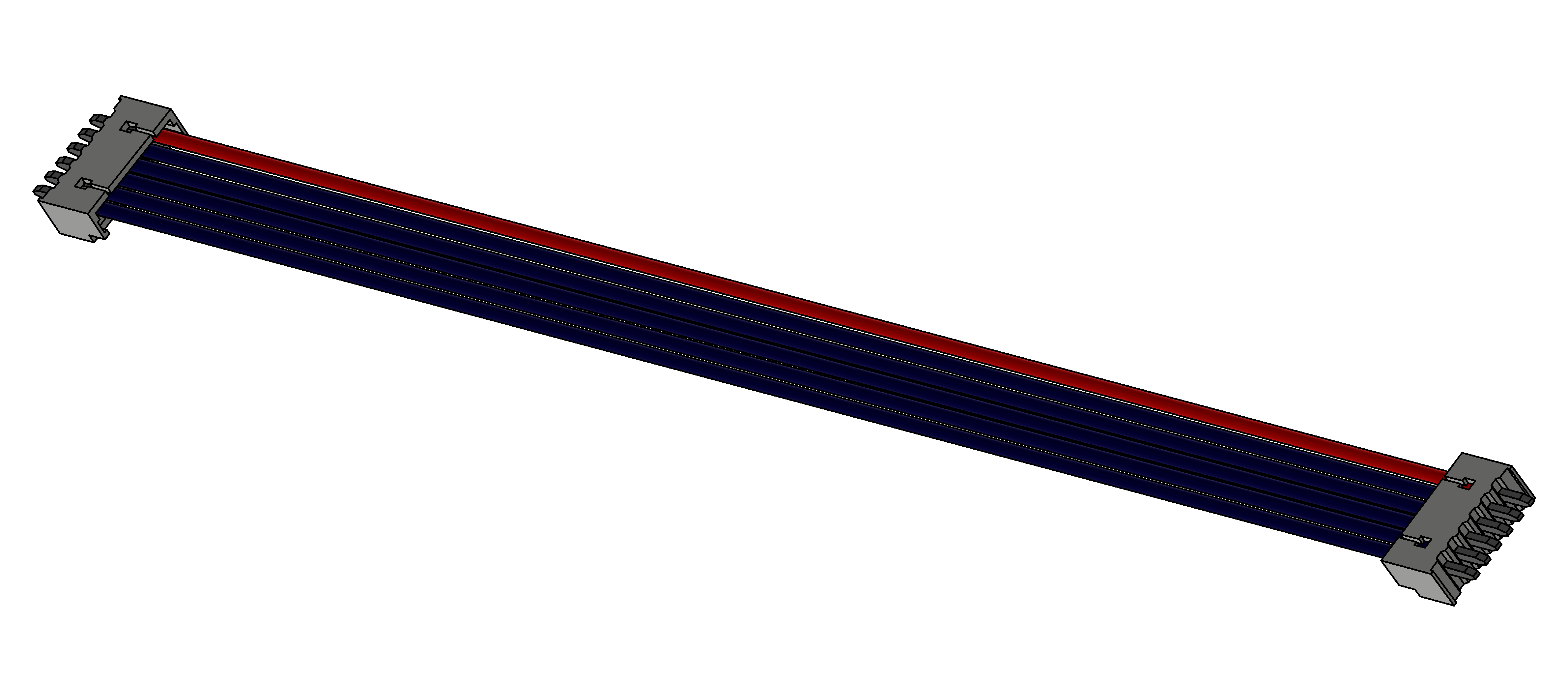 |
|
| FRSky X8R Receiver | 1 | 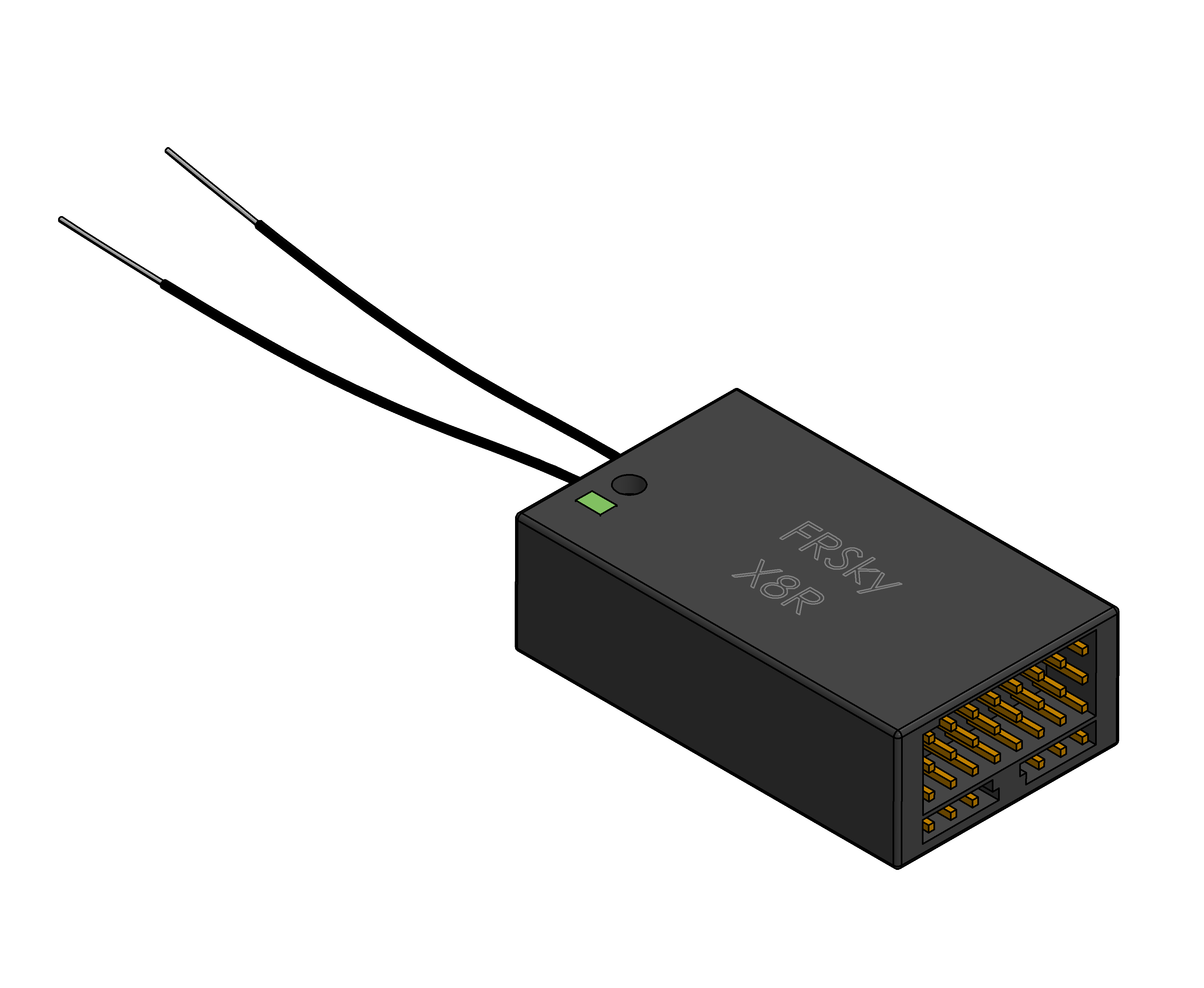 |
| Electronic Speed Controller (ESC) | 4 |  |
| UART to S.Port Adapter | 1 |
Flight controllers for drones can be overwhelming for beginners. Think of it as nothing more but a circuit board with electronic chips. Compare it to your motherboard and processor on your laptop. Your flight controller is the brain of the operation. This intelligent little box monitors and controls everything on your drone (motors, ESC.’s, GPS, Wifi board, etc.). To make this process a less overwhelming we have listed diagrams, written steps, and videos for you to follow.
Wiring the Power Module:
- Located on the bottom of the flight controller, the 6 wired power port. To help locate this port, listed below are diagrams, a video and a link called PixRacer Wiring.
- Now we will be wiring the power module.
- Grab your power module and your GH 1.25 Connector and pug one side into the port on the power module and the other to the power 6 wired port on the flight controller.
- Plug the yellow, male connector into the power cord that was previously soldered on your board.
- You have now successfully wired your power module.
Wiring the FrSky X8R Receiver:
- Have your bounded Receiver and UART to S.Port Adapter in hand.
- Locate the on the receiver where it says SBUS.
- Follow the SBUS vertically down past to the fourth set of prongs
- Plug the S. Port Adaptor horizontally. The adaptor should be plugged in numbers 1,2,3 on the last row.
- Plug the UART side of the cord into the RC port on the flight controller. To help locate this port, listed below are diagrams, a video and a link called Pixracer Wiring.
- You have now successfully wired your FrSky X8R Receiver.
Wiring your ESCs:
- Take the S Port Adaptor from motor 1 and plug in to the ESC prongs that says number one on the back of the flight controller.
- Take the S Port Adaptor from motor number 2 and plug is in the ESC prongs on the flight controller that says number 2.
- Continue the same steps for motors 3 and 4.
- Establish the front of your drone. Make sure you point the arrow of the top of the flight controller between a counterclockwise motor and a clockwise motor. In the Propeller and Propeller Guard tab you can see in the first diagram where we established our front.
- Place your flight controller in the middle of the drone. It doesn’t matter whether you place the flight controller on the top plate or the bottom plate. If it is in the middle of the drone for balancing purposes.
- Make sure you attach it to the board. We used Velcro to attach our flight controller, but you can use whatever you want.
PixRacer Wiring:
https://docs.px4.io/master/en/assembly/quick_start_pixracer.html
The Top of the PixRacer Flight Controller Diagram:
The Back of the PixRacer Flight Controller Diagram:
See the following video for a detailed explanation:
Insert our Video (IN PROCESS)
Pairing the Receiver
| Materials | Quantity | Picture |
| Flight Controller | 1 |  |
| X8R Receiver | 1 |  |
| Micro USB | 1 | 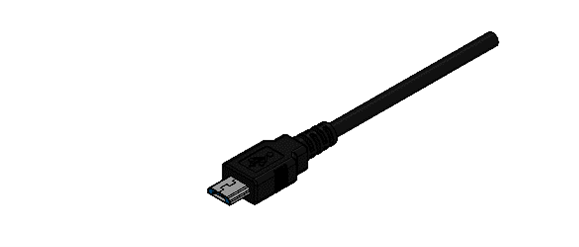 |
| Taranis Transmitter | 1 | 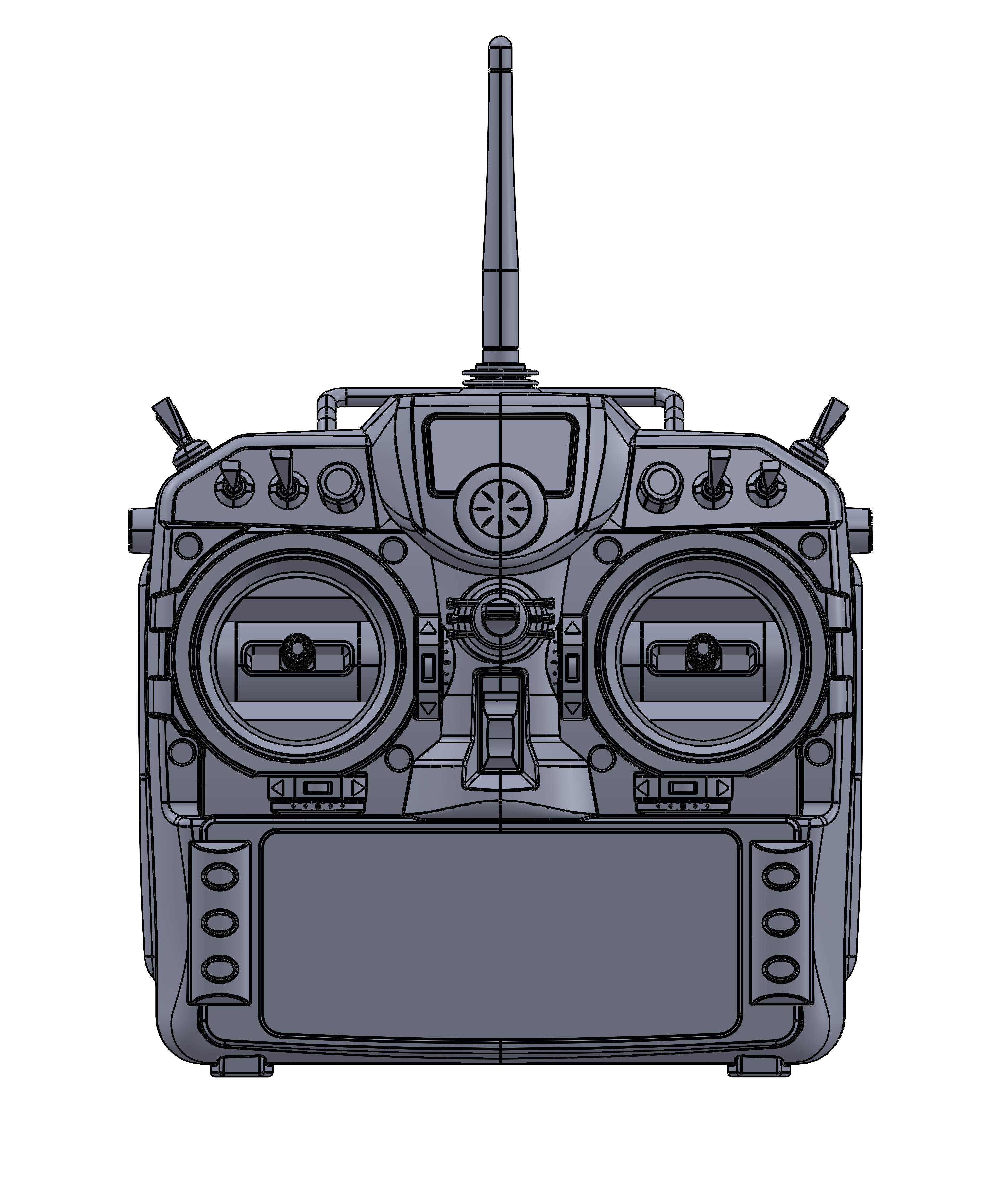 |
A receiver, also known as a radio control system, is made of two elements, the transmitter, of which you hold in your hands, and the receiver you put on your drone. As you make movements through the analog sticks on your transmitter, it transfers to inputs, and those inputs are sent through the air to your receiver in near real time. Once the receiver attains the inputs made, it passes them along to your flight controller which makes your drone move accordingly. Already preprogrammed, the radio has four separate channels for each direction on the sticks. To have your transmitter and receiver able to communicate to one another, you need to bind the two. The following steps listed below are there to help you with just that.
Binding the X8R Receiver:
- Connect your receiver to the flight controller using the directions from the Flight Controller tab
- Plug your micro-USB into the flight controller port and the other end into a computer. This will be your power supply for binding your receiver.
- Have your power supply ready to be connected to the receiver
- Using a small, pointed object the size of the tip of a pen push down and hold on the Fail-Safe button (F/S).
- While holding the button, power up the receiver by plugging it in to the bottom RSSI Port.
- Now, a solid, red and green LED will be on. This means it is ready to be paired.
- Turn on your transmitter. In our examples we will be using a Taranis Q X7.
- Once it is turned on, you are going to click the center button (the three dashes) and we are going to be making a New Model.
- Select which number you want your model to be on by scrolling the right knob and pushing down with the same knob. Select Create Model.
- Click Page again and go to Setup.
- Scroll down with the right knob to Mode and put the mode to D16.
- Scroll down two more to RxNum and click Bind.
- At this point your transmitter is going to make a chirping noise.
- You will know your receiver is bound when the Green LED is flashing.
- Now power the receiver off by unplugging your power source.
- You have now successfully bounded your X8R. Next time you power up the receiver it will be controlled by the Taranis.
How to bind your X8R receiver to the transmitter:
https://www.youtube.com/watch?v=1IYg5mQdLVI
Or
Firmware and Calibration
| Materials | Quantity | Picture |
| MicroUSB cable | 1 |  |
The flight controller is the brain of the quadcopter. It receives instructions from the receiver, and it needs to send signals out to the ESC’s (which pass along electricity to the motors) to make the quadcopter move. It also needs to incorporate various sensor data (like gyroscope, accelerometer, etc.) for stable flight. To figure out how to take all those inputs and send correct outputs, the flight controller needs firmware installed. The various sensors also need to be calibrated so they work correctly.
To send firmware to the flight controller and calibrate your drone, the program QGroundControl (see http://qgroundcontrol.com/) will be useful.
- Download and install QGroundControl from the above link.
- Disconnect propellers and propeller guards from the drone to make the calibration process easier.
- Launch QGroundControl and plug in the flight controller (Pixracer) via USB
- Under the Gear icon where is says Vehicle setup in the top toolbar and then Firmware.
- Update the firmware, choosing the PX4
- Go to the Airframe tab and find the Quadcopter X option. Under this dropdown box select DJI Flame Wheel F450 option.
- This tells the program what shape frame you have.
- Go to the Sensors tab. Follow the instructions given by the program for calibrating various sensors.
- Go to the Radio tab. Make sure all the controls are zeroed.
- Once all controls are zeroed, click the Calibrate button.
- Make sure your Receiver is already paired to your transmitter. The Pairing the Receiver tab goes over in detail how to execute this step.
- Go to the Flight Mode tab
- Go to the Power tab. Set the number of cells to 4 and the voltage of each cell to 3.8.
- While still on the Power tab, click the calibrate ESC button and follow the instructions given by the program.
Taranis QX7 Switch Setup:
Your transmitter comes preprogrammed with the control sticks and trims set up but the other buttons and switched are not configured or set up. This section goes over how to have QGroundControl recognize these different switches.
- On the top right button panel of the Taranis QX7 transmitter press the center button (button with three dashes).
- Press Page until you reach the screen that says Input.
- Scroll to Input 05 and select it.
- Set Source to whatever switch you want to set up. This is done by scrolling to the Source option then flipping through whichever switch it is that you want to set to the input channel.On this screen, you are also able to name inputs. This is done under the Name option and the Input option. I highly recommend you do change the Input as this is what identifies this input later when you are assigning it to a mixer. Name is less important as it only appears on this screen.

- Exit out of this screen and your newly setup input should appear on the list. I set Name of my input to be demo and Input to be d.

- Page over to mixer and set the next available channel to receive the input you just set up. This process is like what you did for the input and is outlined in the pictures below.



- If you ever want to change either of these mixers or inputs, it can be done by scrolling over the option and holding down the select button.
- QGroundControl should now recognize this switch.
- I advise you to set up at least two switches, one for arming and one for a kill switch
See the following video for a detailed explanation:
Insert our Video (IN PROCESS)
How to Fly
| Materials | Quantity | Picture |
| Assembly | 1 |  |
| SiK telemetry radio | 1 | 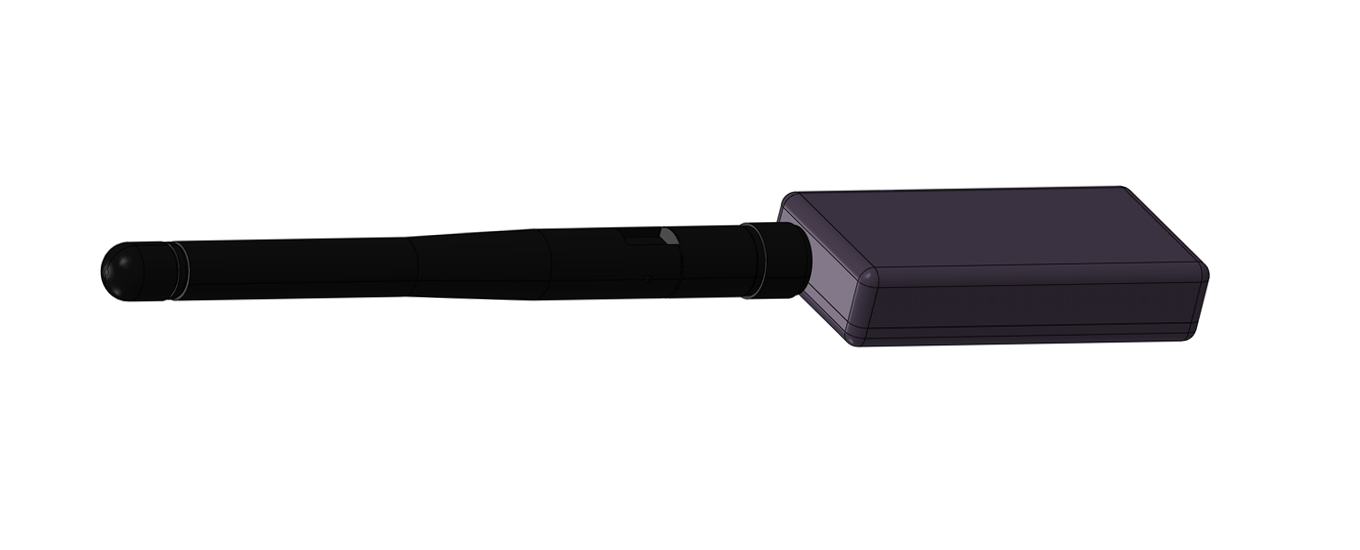 |
| Propellers | 4 |  |
| Propeller guards | 4 |  |
| Lipo battery | 2 |  |
| Taramis transmitter | 1 |  |
| Safety glasses | 1 | 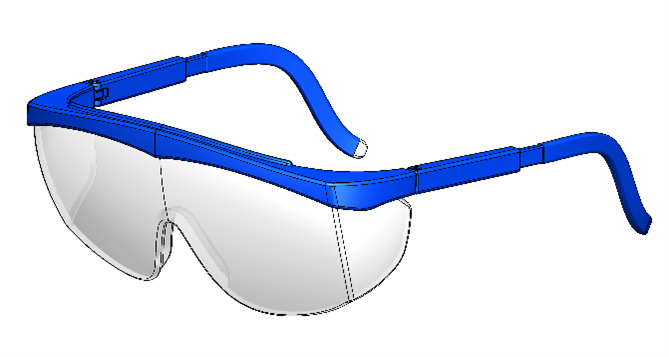 |
Flying the Little Drone:
Before flying your final quadcopter, practice on a smaller (less expensive) one to have a better understanding of flying. The drone that we flew for our first flight for example was the Blue Heron.
The following video helps you in learning how to fly your smaller drone:
Assuring the Motors are spinning in the right direction:
We need to check that the motors are spinning in the right direction. The best way to do this is to attach a piece of tape to the motors (when the blades are disconnected from them) so that you can see which direction they are spinning. Make sure all of the motors marked CW and spinning CW and all of the motors spinning CCW are marked CCW. If a motor is spinning in the wrong direction, switch any two of the wires connecting the ESCs to the motor. Make sure you do this as your drone will not be able to fly if this is not done.
Flying the Big Drone:
https://dept.aem.umn.edu/msgc/MN_Space_Grant_Quadcopter_Challenge_2019_2020/Final_Quadcopter_Vid.mp4
You are just about ready to begin flying your drone. When flying your drone, it is highly recommended that you wear eye protection and have some sort of netting if you are flying indoors (unlike the TAs in this video). What follows is instructions for your first flight with the big drone.
- Do not proceed unless you have followed all the previous steps to set up your drone.
- Make sure your mRo radio is plugged into your computer and your transmitter is turned on.
- If you have not updated the firmware on the SiK telemeter, make sure to update that with QGroundControl.
- On QGroundControl, set flight mode to stabilize or manual. This will be right up along the top bar.
- These could be considered your “default” flight modes and are easiest to fly before you experiment with the others.
- Arming/disarming can be done on the computer or with your remote control.
- To arm with the computer, press arm when in flight mode; a slider will appear on the bottom. Disarming can be done the same way.
- I highly recommend you program your own arm and kill switches into your controller before flying.
- Note that trimming the controls can be done with this drone just like with the blue heron. The only difference is that this is now done with the small switches to the inside and below the control sticks.
If your drone is flying unsteady:
This is an optional step, but we strongly suggest doing this if you notice your drone is not flying as smooth as your smaller drone. It is because your drone has not yet been properly tuned. The most effective way of fixing this is through PID tuning. There are many options for radio telemeters, but we recommend using SIK radio telemeters. It is not only quicker but if you choose to change payloads during the competition it may be a nice option to be able to slightly adjust your tuning without taking the time o plug in your drone.
The link below shows detailed instructions on how to connect the telemetry radio we used:
https://ardupilot.org/copter/docs/common-sik-telemetry-radio.html
- Power up you drone and make sure it connects to the computer via SiK telemeters.
- Make sure your trims are adjusted properly. It will make it easier to tune the quadcopter.
- All tuning should be made in manual flight mode
- Under the Tuning tab check the Advanced box
- Adjust the P, I and D ROLLRATE and PITCHRATE parameters. Notice, parameters exist for each direction so if you adjust for the roll, you will still need to do it for pitch.
- Roll and pitch will be the most important ones to adjust, you can also adjust the yaw but it will be far less noticeable.
- It is NOT recommended to adjust the parameter while the drone is armed.
- P is the first one you should try adjusting as getting this parameter set will make a larger difference in how to quadcopter will fly. P essentially dictates how fast the drone responds.
- If P is too low, the drone will be unresponsive
- If P is too high, you will see oscillations after issuing a command.
- In general, P should be as high as possible without inducing oscillations. Slight oscillations are ok as they can be corrected with the I parameters.
- Once you set the P parameter, you can begin tuning the I parameter.
- The I Parameter will act as your “stiffness”. This will help the drone hold position and kill off oscillations.
- We found that the lowest possible I value without inducing oscillation or a “sloppy feel” was best.
- You can play with the D value once the I and P are set but we found the default value to work well.
- Here is a visualization of how you want your drone to respond to any inputs.
Thank you to NASA’s Minnesota Space Consortium
https://dept.aem.umn.edu/msgc/MN_Space_Grant_Quadcopter_Challenge_2019_2020/
Navigation & Exploration
Autonomous Flight:
Autonomous flight means setting up instructions that the drone can execute by itself without humans controlling it. Think self-driving cars, but with drones. It can be tricky, but due to the radio-delay on information sent between earth and distant locations, autonomous flight is essential for exploring other planets in the air (at least until we get humans there).
For safety, when trying anything autonomous, make sure you first build a kill switch that will either kill all the motors, or at least immediately switch back to manual control.
There are various options available to making your drone fly autonomously, including modifying the PX4 firmware itself. You might also find Clover useful (see https://clover.coex.tech/en/programming.html) as it allows you to use a Raspberry Pi to send and receive information to the flight controller. If you want to do any better than dead reckoning, you will likely want to incorporate some sort of position detection. This could mean using the gyroscope and accelerometer readings from the flight controller (available through Clover), as well as incorporating various other external sensors.
Exploration:
Mapping and photogrammetry can by done in either 2D or 3D. Maps can be created by combining images (or frames from a video) captured by a drone in flight.
For 2D maps, this can be done either by scaling, rotating, and matching up images manually using various 2D image manipulation software (like GIMP or Adobe Photoshop), or by using some sort of software specifically made for this process of image compositing (like Photoshop’s Photo Merge tool or various other options listed here: https://havecamerawilltravel.com/photographer/panorama-stitching-best-apps/). You might need to do some research to find out what options are available and work best. Also, keep in mind that you will want some way to determine the actual scale of the final map.
For 3D maps, those same images can be combined using photogrammetry. Information from the camera (image size, focal length, sensor width), and from the drone (GPS coordinates, flying altitude), can be incorporated into photogrammetry techniques for better results. A model is built by matching common points between images and then combining images into one larger map. Various commercial photogrammetry software exists (like Autodesk ReCap, DroneDeploy, MapsMadeEasy, and Pix4D), but there are open-source photogrammetry options as well (like OpenDroneMap https://www.opendronemap.org/). Again, further research and experimentation will be necessary to get something working well.
Videos
Click any of the links below to view a video of one of our past Quadcopter Challenge teams.
Day of the Challenge
What to Bring to the Challenge
On the day of the challenge, bring your enthusiasm! Also please bring:
- Laptop with QGroundControl or a similar program installed
- Your team’s video as an mp4 file (just in case)
- Quadcopter
- Safety Glasses
- Propeller Guards (including spares)
- Extra Propellers
- Quadcopters Registration from the FAA (Printed or Digitally)
- Extra Batteries
- Battery charger
- Extra parts for Quadcopter in case of repairs
- Posters and Documentation for judges
Challenge Location and Schedule
The challenge will take place on a Friday in April.
The date and location for 2025 are: Friday, April 11, 2025 at the Central Connecticut State University campus (Alumni Hall).
This information and a specific start time will be confirmed at a later date. For now, the estimated times are:
11:30-12:00: Check-In: Team must arrive at the CHallenge location and time with quadcopter, extra parts, poster, and video. All team members must check in between 11:30 and 12:00 for the challenge. Teams may arrive earlier if needed.
12:00-12:45: Tech-Check: Team will show their pre-made video to test and make sure everything runs smoothly. One team should designate a member to participate in this tech check for their video.
The Challenge starts promptly at 1:00 PM. Team will present their Oral Flight-Readiness Review (FRR): including their design modifications and capabilities. Team will also demonstrate quadcopter capabilities according to the rubric.


